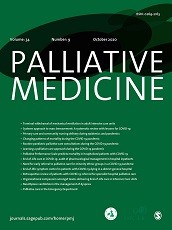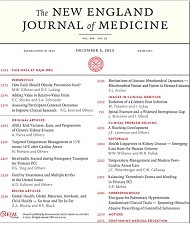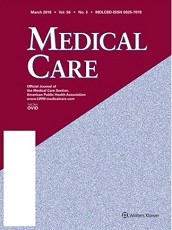Sigrid Dierickx, Luc Deliens, Joachim Cohen, Kenneth Chambaere

Abstract
Background: In the international debate about assisted dying, it is commonly stated that euthanasia is incompatible with palliative care. In Belgium, where euthanasia was legalized in 2002, the Federation for Palliative Care Flanders has endorsed the viewpoint that euthanasia can be embedded in palliative care.
Aim: To examine the involvement of palliative care services in euthanasia practice in a context of legalized euthanasia.
Design: Population-based mortality follow-back survey.
Setting/participants: Physicians attending a random sample of 6871 deaths in Flanders, Belgium, in 2013.
Results: People requesting euthanasia were more likely to have received palliative care (70.9%) than other people dying non-suddenly (45.2%) (odds ratio = 2.1 (95% confidence interval, 1.5–2.9)). The most frequently indicated reasons for non-referral to a palliative care service in those requesting euthanasia were that existing care already sufficiently addressed the patient’s palliative and supportive care needs (56.5%) and that the patient did not want to be referred (26.1%). The likelihood of a request being granted did not differ between cases with or without palliative care involvement. Palliative care professionals were involved in the decision-making process and/or performance of euthanasia in 59.8% of all euthanasia deaths; this involvement was higher in hospitals (76.0%) than at home (47.0%) or in nursing homes (49.5%).
Conclusion: In Flanders, in a context of legalized euthanasia, euthanasia and palliative care do not seem to be contradictory practices. A substantial proportion of people who make a euthanasia request are seen by palliative care services, and for a majority of these, the request is granted.
Dierickx S, Deliens L, Cohen J, Chambaere K. Involvement of palliative care in euthanasia practice in a context of legalized euthanasia: A population-based mortality follow-back study. Palliat Med. 2018 Jan;32(1):114-122. doi: 10.1177/0269216317727158. Epub 2017 Aug 29.




